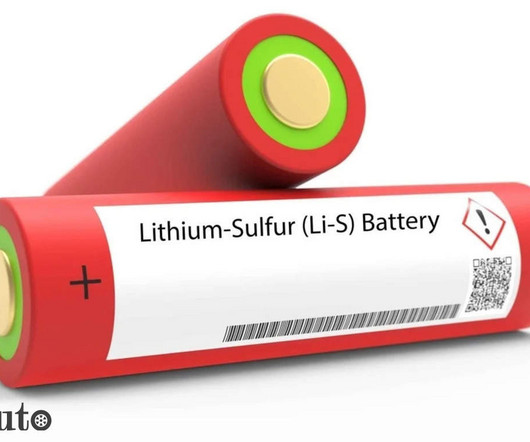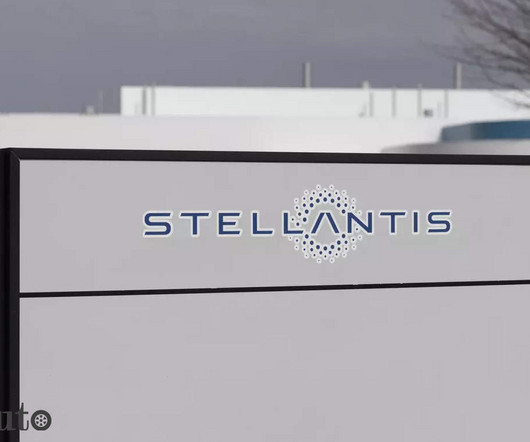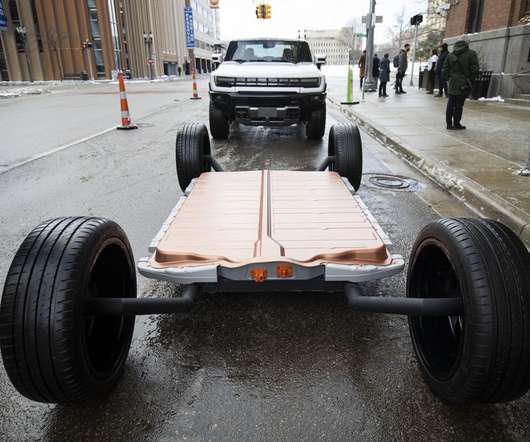Log9 Materials and Zeta Energy partner for advanced battery systems – ET Auto
Baua Electric
APRIL 12, 2024
Given India’s dependence on 100% imported lithium-ion cells for electric vehicle batteries, there exists a compelling drive to cultivate indigenous cell and battery manufacturing capacities to meet the burgeoning demands. Tom Pilette , CEO of Zeta Energy, said, “It’s a very synergistic relationship.



















Let's personalize your content